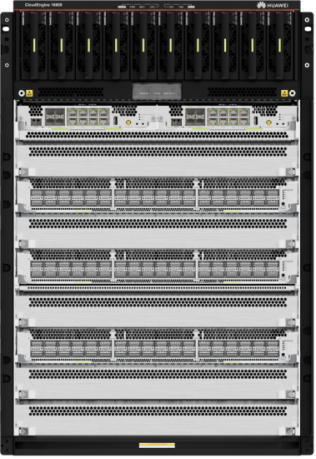How many surveillance cameras does a switch drive?
Good afternoon! My friends!
Now it's my day job as an Internet worker working on a project. The project at hand will have a bunch of cameras, which switch should I choose? Is it a trillion or a gigabit?
Can a crapshoot be able to handle?
Is it OK for 24 cameras to fight a 24 port Gigabit switch?

Don't worry, we're going to wrap up these soul tortures today!
For more information, please scan the WhatsApp QR code below to contact customer service.

01 First, figure out the video stream of the camera.
When we choose a switch, it is like cooking in a cafeteria, and we must first know how much bandwidth each camera eats. In mainstream ways For example, H.264 cameras:
1080P (200 Megapixels) : Every camera is like a dry food person , and the single code stream is steadily dry 8 Mbps is equivalent to 8 megabytes of data per second.
960P (130 Megapixels) : Eat less , single 4Mbps for projects with limited budgets.
02 The real situation with the switch
Gigabit switches = Can run at 100 Mbps!The actual bandwidth that can be used is 60 to 70%, which is equivalent to a nominal 100M exchanger, and the real throughput is about 60Mbps. Giga exchange is a little bit more real, can go to 600Mbps.
Take a chestnut:
Use a gigabit switch to band 1080P camera, 8Mbps x 7 = 56Mbps, just within the 60Mbps red line, the 8th is a bit crowded.
Switch to a gigabit switch, 8Mbps × 75 = 600Mbps, properly can spread out 75 units, H.265 camera head directly cut half, can take 150 units!
Key points :
access layer switch 960P camera head, 15 sets with 100 trillion, more than on the gigabit; 1080P is more picky eater, eight hundred megabits within eight units, more than eight must be gigabits.
03 How does a three-tier architecture fit together?
The monitoring network plays with three layers of architecture: the access layer, the convergence layer, and the core layer. Each layer divides labor differently, and the switch selection scheme is different.
1. Access layer switches

Suppose we take it. 20 960P cameras, 4Mbps × 20 = 80Mbps。At this time, the upstream port of the access layer switch must be a gigabit port (1000Mbps) ,Otherwise, the 80Mbps traffic is blocked at the 100Mbps port (actually 60Mbps) ,The picture is stuck straight into a PowerPoint.The backplane bandwidth must also be calculated: 24-port 100Mbps + 2-port 1000Mbps switch, backplane bandwidth = (24 × 100 × 2 + 2 × 1000 × 2) ÷ 1000 = 8.8 Gbps . Below this number , data forwarding is easy to jam .
2. Convective layer switches

such as 5 access layer switches, each with 20 cameras, converged layer traffic = 4Mbps × 20 × 5 = 400Mbps, the upstream port must start at gigabit。Also see packet forwarding rate : the packet forwarding rate of a 24-port gigabit switch must be at least 24 × 1.488 Mpps = 35.71 Mpps, and if it is less than this number, it is a non-line speed switch, and the peak traffic will be blocked.
3. Core layer switches

hypothesis 10 people watch 16-way video at the same time, the core layer flow = 10 × 16 × 4Mbps = 640Mbps, gigahertz enough to cope.But if the project is large, say 500 cameras, you have to figure out the total traffic coming up the conveyor layer and not let the core switches become a bottleneck.
04 A Pit Stop Guide: Don't Touch Monopoly Switches!
Many brothers tried to choose a crap card cheaply, but they claimed that Megamax actually could only run 40Mbps, POE power is also a virtual standard, the camera is always off the chain. Remember: the access layer switch to leave at least 20% redundant bandwidth, POE switch single port power do not exceed 80% of the nominal value, large brand model parameters directly check the official website, do not believe the business mouth gun.
Finally, here's a practical formula.
Access layer switch capacity = Upper port real bandwidth ÷ Single camera code stream (Megabyte on the Interchange Line) 60Mbps, Gigabit at 600Mbps, H.265 camera stream ÷ 2)
Gentlemen, the next time we select a project, we will follow this pattern. We will never be afraid to ask questions from the applicant again!
For more Switch resources, follow the Facebook account&youtube account: Thinkmo Dumps


